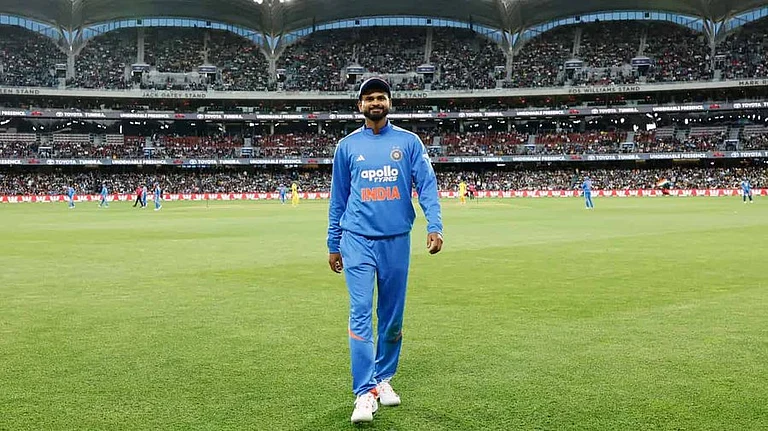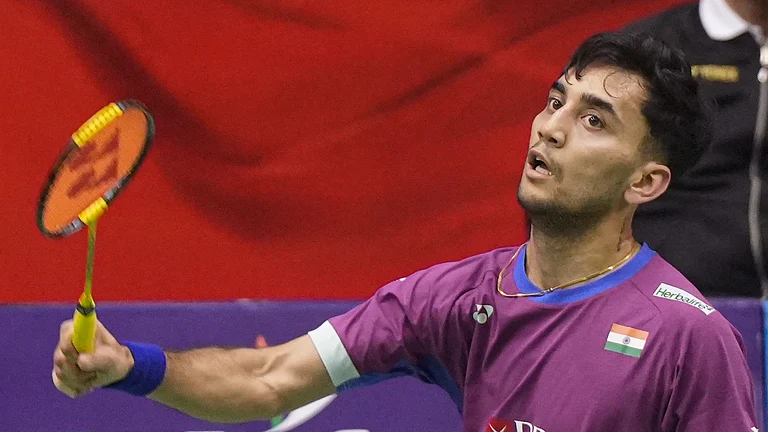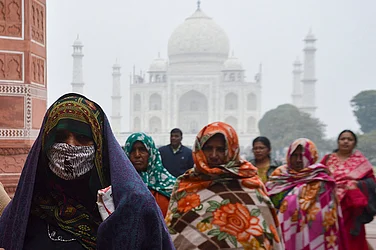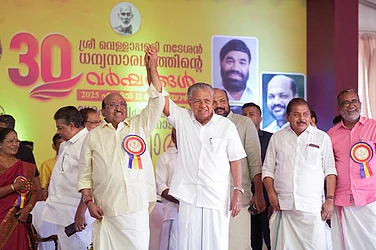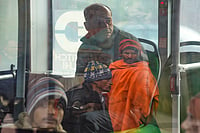K.R. Vancheeswaran, 57, or simply Vanchy as everyone calls him here, wakes up to the sweet call of the Malabar whistling thrush every morning. Soon, as the sun melts the enveloping morning mist, his 45-acre coffee plantation in the picturesque Thrikkaipetta village in Wayanad is filled with myriad bird calls—the dramatic Racket-Tail Drongo, the busy family of weaver birds in the areca nut cluster, the iridescent orioles and minivets. The plantation slopes down to the rice-milk-laden paddy fields, where lapwings and egrets traipse. “To make plantation sustainable we have multiple farming.
Along with coffee, we grow pepper, cinnamon, cloves, areca nut, bananas, vegetables. This also contributes to the bio-diversity of the surrounding forest, which reduces human-animal conflicts,” Vanchy says.
He has a degree in botany and has worked in Botswana and Kenya in farming-related enterprises. Wife Jaya, a civil engineer, works in the irrigation department. Their daughter is a teacher in California. As Jaya leaves for work, Vanchy goes on a round of his plantation—the coffee beans are ripening fine, they should be ready for plucking soon. But his attention right now is on the paddy, about 12 acre, to monitor the water levels. The plants are sagging down with the weight of rice and should be ready for harvesting in a month.
But farming is fickle business—world coffee prices can suddenly plunge and one lash of unseasonal rain can ruin the paddy. What has come as more reliable and lucrative to Wayanad is tourism. “Wayanad has the potential to be the top experiential tourist destination in the country, which no other place can match. A slice of plantation life, with modern amenities is a big draw with travellers,” Vanchy says. He is a sought-after plantation guide, groups from India and abroad are regular clients.He is president of Wayanad Tourism Organisation, which has about 60 resorts, homestays, farmhouses, promoting sustainable tourism.
Later in the day, a walk with him round the cool and shaded paths among the dense green coffee plants is fascinating—there are only two varieties of coffee in the world, Arabica and Robusta, the aroma, colour and flavour only depend on the roasting technique. So, the current fad of Ethiopian or Venezuelan coffee being superior is just marketing gimmick, says Vanchy. Cardamom is the most expensive of spices, it can go up to Rs 4,000 a kilo, pepper costs only a tenth of that. The wrinkly black outside of peppercorns is the skin, when it is washed off and then dried, you get white pepper. It’s a myth that paddy needs a lot of water; farmers only leave the crop in standing water to prevent weeds from growing. They don’t burn the stalks; these are plucked out using tractors and turned into manure.
As the sun sets, the sky is aflame, the birds are back for their evening frolic, and it is quite a sight to see Vanchy walk through the narrow one-foot path between the paddy fields, to vanish into his plantation.
Also Read:
By Satish Padmanabhan in Wayanad








